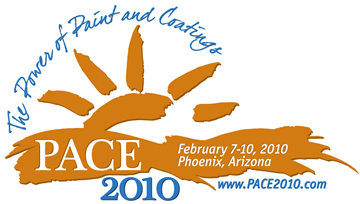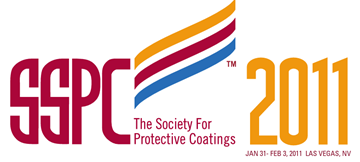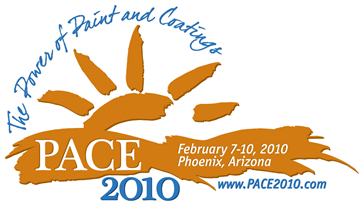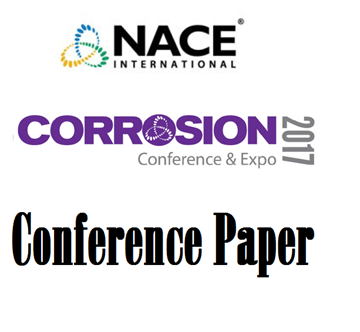Search
Products tagged with 'coatings'
View as
Sort by
Display
per page
The Use of Contemporary Painted Coatings to Restore the Appearance and Performance of Exterior Historic Architectural Elements at the West Virginia State Capitol
Product Number:
41210-557-SG
Publication Date:
2010
$20.00
The Weakest Link’ & ‘HRCSA’ Coatings Technology The Cost, Cause & Cure for Corrosion
Product Number:
51219-206-SG
Publication Date:
2019
$20.00
The Williamson Free School of Mechanical Trades- The Glen Stevick Structural Coatings Technology Course
Product Number:
41211-592-SG
Publication Date:
2011
$20.00
The World Marketplace for Protective Coatings - Opportunities and Trends
Product Number:
41210-531-SG
Publication Date:
2010
$20.00
Thermal Insulating Coatings – The Future of Insulation: Thermal Insulating Coatings not only retain energy, but also protect substrates and personnel
Product Number:
41212-711-SG
Publication Date:
2012
$20.00
Thickness Does Matter - The Use of Thick Linings In Industrial Applications
Product Number:
41205-186-SG
Publication Date:
2005
$20.00
Thin Sol-Gel Coatings for Fouling Mitigation in Heat Exchangers
Product Number:
51317--9168-SG
ISBN:
9168 2017 CP
Publication Date:
2017
$20.00
Throughput Optimization for Tank Fabricators
Product Number:
51220-299-SG
Publication Date:
2020
$20.00
TM0105-2018, “Evaluation of Coatings Containing Conductive Carbon Additives for Use as an Anode on Atmospherically Exposed Reinforced Concrete”
Product Number:
21247-SG
ISBN:
1-57590-200-1
Publication Date:
2018
$109.00
TM0105-HD2016, “Evaluation of Coatings Containing Conductive Carbon Pigmentation for Use as an Anode on Atmospherically Exposed Reinforced Concrete”
Product Number:
21247-HD2016
ISBN:
1-57590-200-1
Publication Date:
2016
$179.00
TM0375-1986, Abrasion Resistance Testing of Thin Film Baked Coatings and Linings Using the Falling Sand Method
Product Number:
53034-HD1986
Publication Date:
1986
$179.00
TM0404-2004-SG, Offshore Platform Atmospheric and Splash Zone New C
Product Number:
21246-SG
ISBN:
1-57590-195-1
Publication Date:
2004
$109.00












